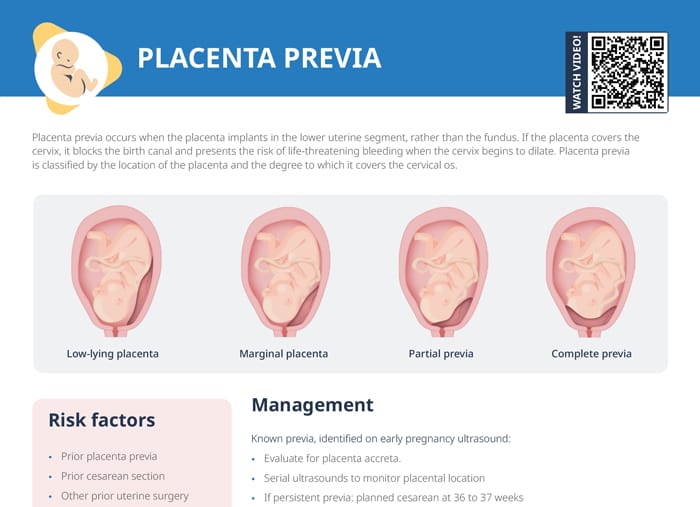Incomplete Placenta Previa: Understanding Risks, Diagnosis, and Treatment
– Incomplete placenta previa is when the placenta is attached close to the opening of the uterus or partially covers the cervix
– Exact cause of placenta previa is unknown
– More likely to occur in women with past pregnancies, tumors in the uterus, past uterine surgeries or cesarean deliveries, women over 35, African American or nonwhite women, smokers, and women who have previously had placenta previa
– Main symptom is painless bleeding from the vagina, typically in the third trimester
– Diagnosis is done through physical exam and ultrasound
– Treatment options include monitoring through ultrasounds, bed rest or hospital stay, early delivery if necessary, cesarean section delivery, and blood transfusion for severe bleeding
– Main complication is excessive bleeding
– Other complications can include improper attachment of the placenta, slowed growth of the baby, preterm birth, and birth defects
– Placenta develops inside the uterus during pregnancy
– It provides oxygen, nutrition and removes waste for the baby
– Placenta is typically attached to the top or side of the inner wall of the uterus
– Changes in the uterus and placenta during pregnancy may correct the problem
– If the problem doesn’t correct, the baby is delivered by cesarean section (C-section)
Note: Some information appears to be repetitive or redundant.
Continue Reading

